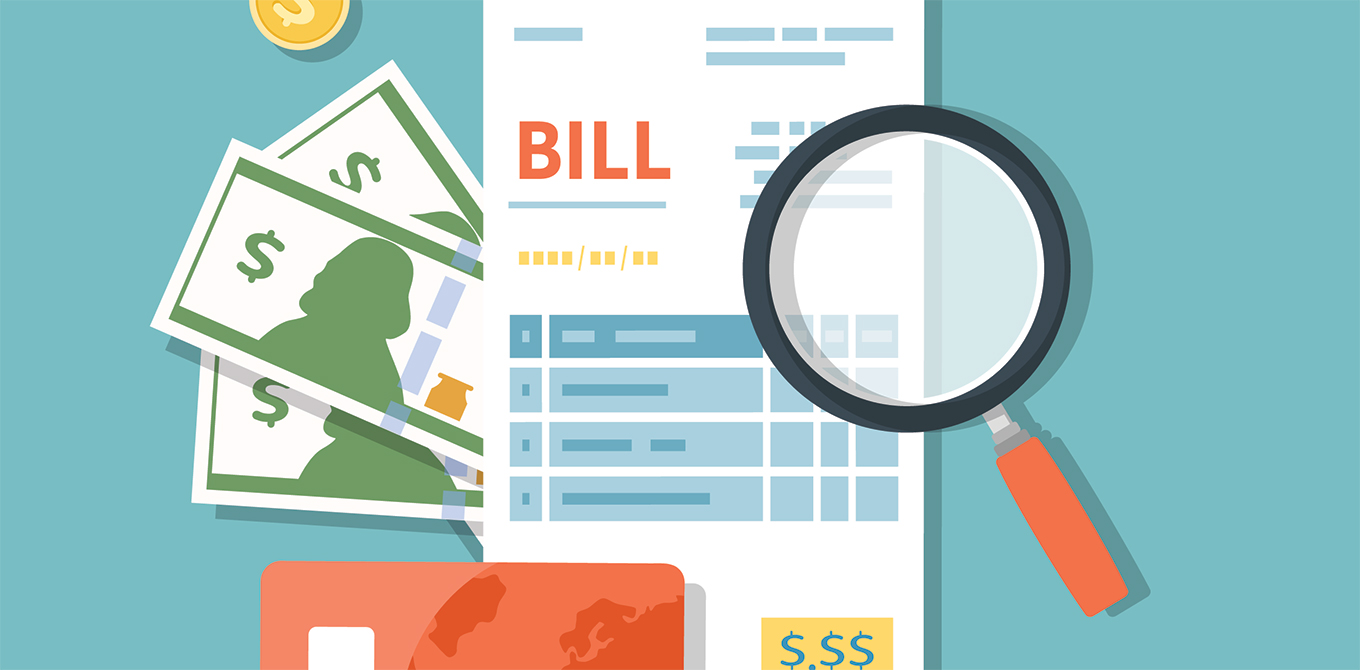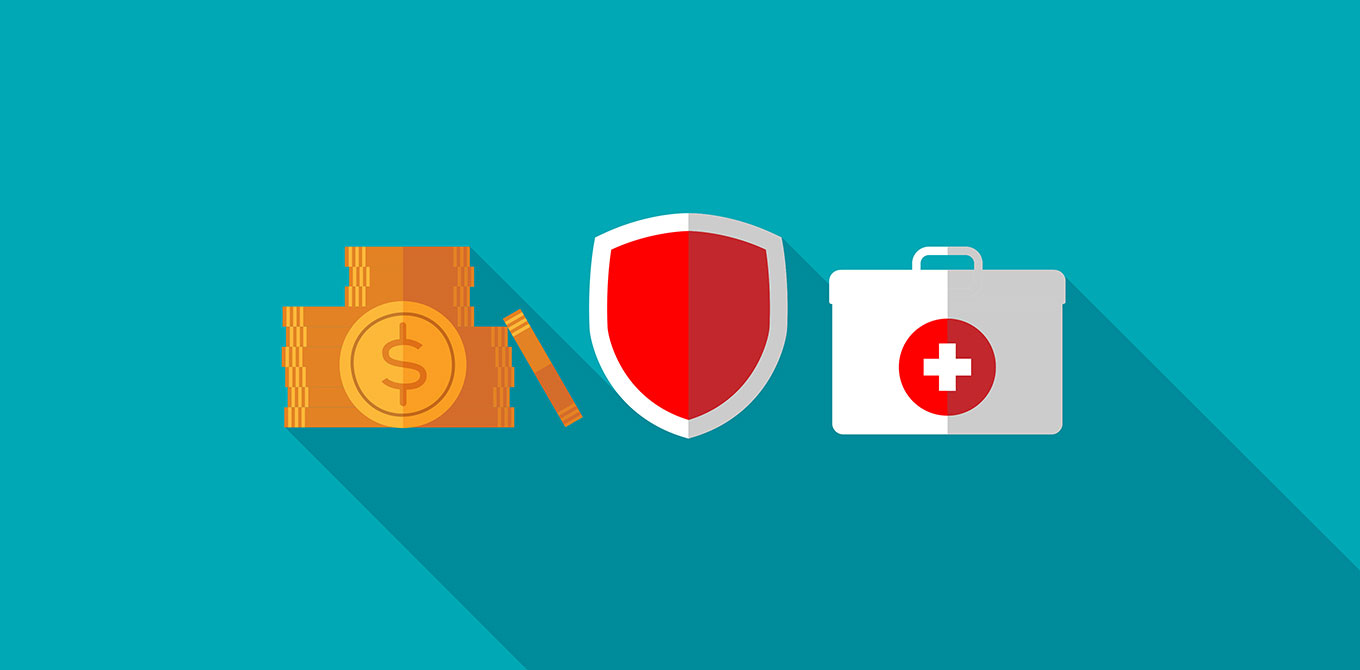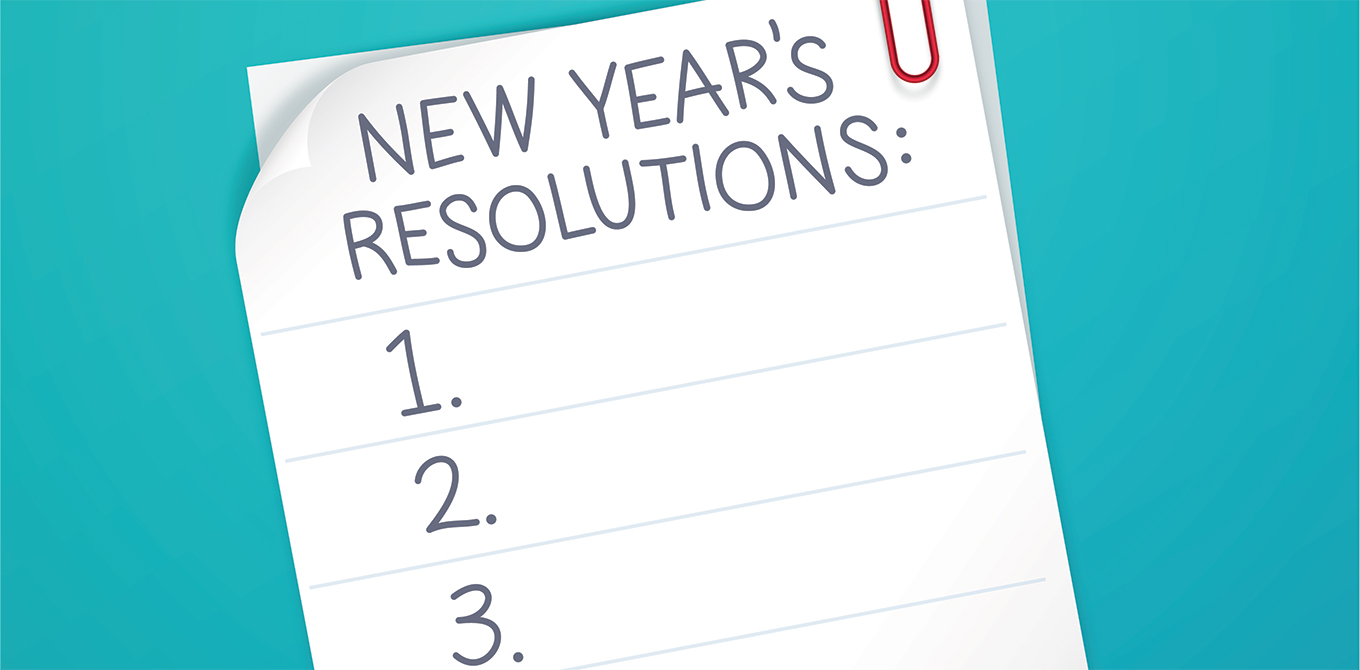7 steps to help you prepare financially for changing jobs
Would it surprise you that, according to a Gallup survey, half your coworkers want to try their luck working somewhere else? Maybe not. Perhaps you, too, are tempted to join the “Great Resignation." Whether you plan to make a lateral move or even launch a new career, you need feel confident that you're covered financially. So, before you give your two-week notice, make sure you both understand the true cost of changing jobs and be prepared financially.
Let's start with the potential cost of changing jobs. Even if the new job offers higher pay (congratulations!), make sure there aren't any lurking costs you haven't considered. This includes “soft" costs—things that don't tie directly to money but still affect your quality of life.
Answer the following questions to understand the true cost of switching jobs:
- Will your benefits package be more expensive or include less coverage?
- Will you need to pay back your current employer for tuition reimbursement?
- Will you need to adjust your retirement plan?
- Will you lose any stock options if you leave now?
- Will your new commute be longer or more expensive (consider parking, gas, car maintenance or public transportation costs)?
- Will you need a more professional or dress-code specific wardrobe?
- Will you work longer hours or take on more stress?
- Will you travel more for work? If so, is that a perk or would you miss the time with family and friends?
- Will you be glad or sad to leave behind familiar work colleagues and routines?
If you plan to make any large purchases soon, like getting approved for financing such as a mortgage, you may want to think twice about changing jobs until after you secure your loan. Depending on how you answer these questions, changing jobs may still be a great move for you. Just make sure you have the full picture prior to taking the leap. If you feel confident about leaving your job, then take a look at these financial to-dos to ensure you're well prepared.
7 Financial To-Dos Before Quitting Your Job
Before you give your two-week notice, take care of this checklist.
1. Compare your benefits.
Compare your current and future benefits packages. Make sure you understand the types of coverage (health, dental, vision, life, etc.), how much they cost (including premiums, deductibles, and copay amounts), and what they cover. Also consider the value of your current vacation time and paid time off; will you lose any time in your new position and are there any rules around when you'll be able to start using paid time off.
This information will help you adjust your budget moving forward. It can also shine a light on any immediate next steps, such as:
- Transfer health savings account (HSA) balances—or use the remaining funds for things you need.
- If you have a flexible spending account (FSA) at your current job, you may lose the balance you don't use. Now is the time to submit any outstanding claims, like health or dependent care expenses, through your last day on the job to ensure you get reimbursed. (Learn: What's the difference between an HSA and an FSA?)
- Research future insurance plans that might not be offered by your new employer (life insurance, vision plans, etc.).
2. Plan for gaps in coverage (and use your current benefits).
Many employers have a probationary period for benefits. This means that new employees don't receive their benefits until they've been employed for a certain amount of time, usually 90 days. If that's the case at your new job, prepare for this gap in coverage. Consider getting temporary coverage, like COBRA or a plan from the Health Insurance Marketplace. You may also want to use your current benefits while you can. In other words, find out how much longer you'll be eligible, and then schedule all possible appointments prior to the deadline. Say 'hi' to your dentist for us!
3. Decide how to adjust retirement savings.
First, research retirement plan options. Consider whether to roll your 401(k) savings into an IRA, transfer to your new employer's plan, or leave your money where it is. If you've been able to contribute the maximum amount allowed to your retirement (good for you!), just remember that the maximum per individual per year remains—even if you end up contributing via multiple employer plans.
4. Make a transition budget.
This may sound like a chore, but it can save you a lot of stress, especially if you'll have any lag time between your old job and your first paycheck at the new one. Ideally, you can lean on your emergency funds, but not everyone has an emergency savings account. If you don't, where can you cut back until your cash flow is positive again? When planning your transition budget, make sure you consider any fringe benefits like subsidized daycare or free lunches. Whether you'll be gaining them or losing them, they should factor into your new budget.
5. Check on student loan repayment.
If you have student loans, check whether you're on an income-based repayment program. A larger income check may mean a bigger monthly payment. Account for this in your new budget.
6. Plan for tuition reimbursement.
Along the same lines, if your current employer has sponsored any of your continued education, find out whether you'll be required to pay it back—especially if you're in the middle of a course. Sometimes using this type of fringe benefit comes along with requirements for staying at your employer for a certain period of time.
7. Get your full compensation.
Make sure you're not owed any additional funds on your final paycheck. This could be for unpaid commissions, PTO you never used, or even back pay. Finally, if you have stock options, make sure you know the vesting requirements and any next steps that go along with them.
Whichever direction you take, the goal is to find yourself in a fulfilling and meaningful career.




